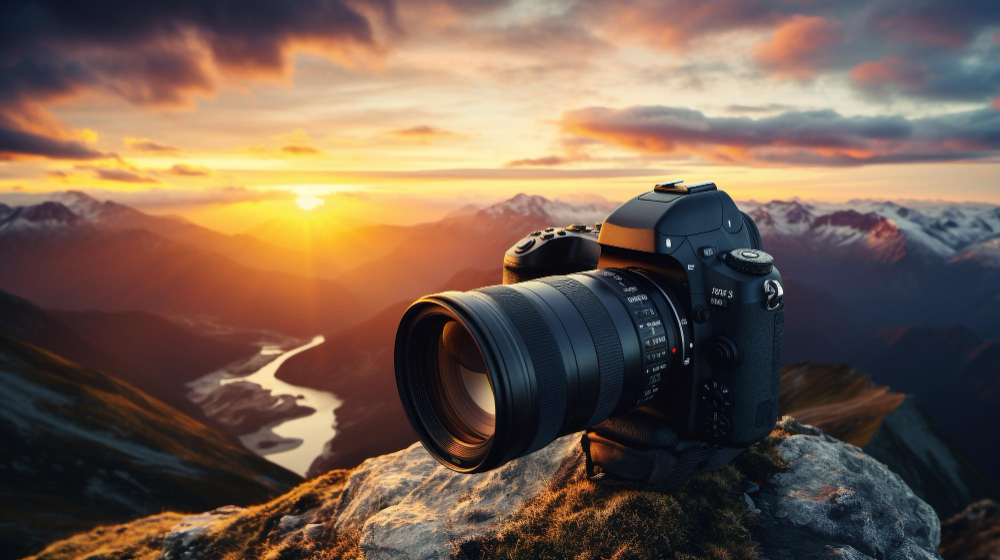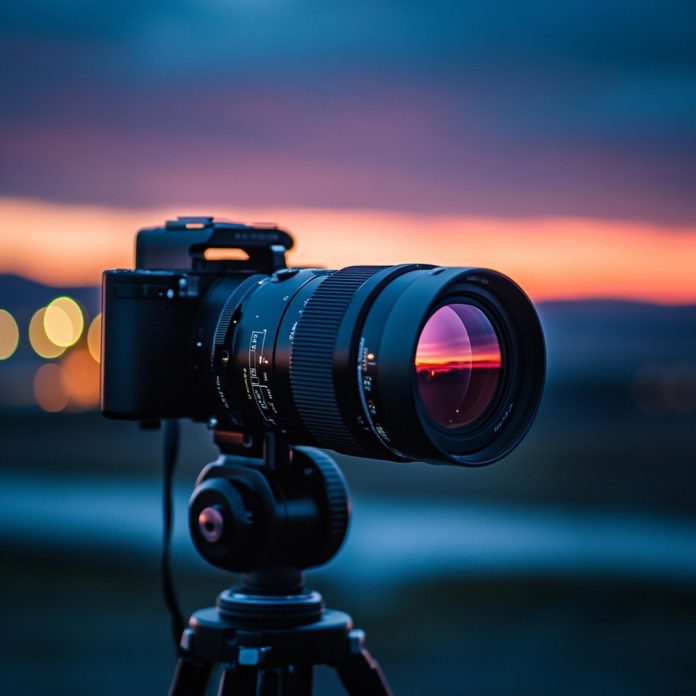Exploring the Future of Science and Technology in Camera Innovation
We can say that the photography has changed a lot in just a few decades. Starting from the time of film cameras, assessing the way technology in the world of camera has been since the digital camera and now the smartphones, improves with time. Looking at all of these one question stands out most: will cameras get better in the future?
In this article, we analyze what are the changes expected in the future of camera technology, when the focus will be especially on improving image quality, incorporating AI, or leveraging new technologies. This article will investigate how the future of these technologies will influence the world of photography and implications for hobby and professional photography.
The Current State of Camera Technology

In order to predict the future of camera technology one must start by looking at where it is today. At the moment, almost every person has camera, which can be a compact and simple point-and-shoot or an advanced digital single-lens reflex (DSLR) and mirrorless camera.
Although they range in form, features, and usability, there is a shared aim across the types of cameras developed by camera manufacturers in 1875 technology: the need to take images of what there is in that society.
Key Features of Modern Cameras
- High Resolution: The megapixels of the current cameras are quite standard, thanks to which detailed images even in large formats can be obtained.
- Advanced Sensors: The introduction of bigger sensors has made it easier to take pictures in low-light settings and to shoot under dynamic situations. Hence, photographers can take beautiful and captivating pictures under adverse light settings.
- Image Stabilization: Another improvement is that a number of devices will have optical form of stabilization or may imaging through electronic means of stabilization to minimize shaking effects caused by the hands when shooting in dark conditions.
- Connectivity: The new innovations have progressed and new options such as Wi-Fi have been added which normalizes the exchange of photos taken and remote assistance of the camera utilizing mobile information dispersions.
Future Trends in Camera Technology

Many changes could be noted in the Sony camera technology. One way in which such technological improvements will be felt is in the quality of images produced and the relationship with the cameras.
1. Artificial Intelligence Integration
There is a possibility that photography may be transformed in the coming years with the emergence of cameras integrated with Artificial Intelligence. AI cameras will be instantaneously scene-aware and adjust exposure, focus and white balance as situations change. Focus simply will be on striking the right images without much technical know-how.
- Smart Scene Recognition: Your camera will recognize these various scenes (land, people, indoors, at night) and use correct exposure for an appropriate set automatically.
- Posting Enhancements: Artificial Intelligence is capable of aiding other activities that involve waiting for final pictures, such as getting rid of blurry images and touching up pictures.
2. Improved Imaging Sensors
The progress in imaging sensor technology will always advance the performance of cameras. New sensors are predicted to have:
- Greater Sensitivity: The higher the sensitivity, the lesser the need of overhead light which in turn virtually eliminates flashes.
- Bigger Pixels: Sizeable pixels are able to absorb greater amount of light and thus lead to improved quality pictures with reduced amounts of noise.
- Multi-Spectral Sensors: Different wavelengths of light are captured by these sensors adding more colors as well as details to the images.
3. Computational Photography
A combination of both hardware and software develops computation photography which uses images that are unattainable by regular cameras. This trend, in as far as camera phones are concerned, has already advanced but more influence is expected.
- HDR Photography: The most notable effects of panorama photography are High Dynamic Range, which relates to the wide range of dark and bright scenes that most cameras are often unable to photograph.
- Depth Maps: Enhanced depth sensor capabilities will enable features like portrait where the person appears clear but the background is a blur.
- 3D Photography: With the evolution of the 3D cameras, new levels of apparent reality of photography will be achieved and photographs with depth will be taken.
The Role of Smartphones in Future Photography

Smartphones have emerged at the ‘top of the list’ as the most preferred cameras since they offer ease of use and improved technology. In future, there is no doubt that smartphone poratbility will enhance the quest for the best camera for the professional photographer.
1. Camera Quality Rivaling DSLRs
Smartphone are already capable of producing photographs that can match professional DSLR shots. With the upgrading of lens and picture sensor, future Smartphones will even outperform most of the DSLRs in several fronts.
- Multi-Camera Systems: More lenses will progressively be incorporated into smartphones for suitable shooting options such as telephoto, ultra-wide etc.
- AI Enhancements: More advanced smartphone pictures will be achieved as a result of the presence of AI, such as scene auto detection and other advanced imaging tools.
2. Accessibility and User-Friendliness
It will also become easier towards even the most non-tech users as more advanced camera technology comes forth. Future cameras, particularly smartphones, will have interfaces that are very easy to use with many automatic functions so that anyone can use it to take beautiful pictures irrespective of knowledge in photography.
- Clean Design of User Interface: Users will be given a live control over their shots, saving the edits for nonsense after all the shooting is finished.
- Social Media Integration: The cameras will more and more assimilate with the available social networks making sharing images very easy for the users.
Conclusion
The best days of camera innovation are still ahead because of the potential in AI, advances in imaging sensors, and then there is computational photography. With more and more smartphones taking over the photography space, they will strive to break any glass ceilings leading further improvement in quality images for all.
Nonetheless, these factors also have negative implications which need to be dealt with by society, issues such as privacy and environmental problems. While technology continues to advance and impact the art of photography, it is equally important to consider where progress must stop and efficiency must be ethically governed.

